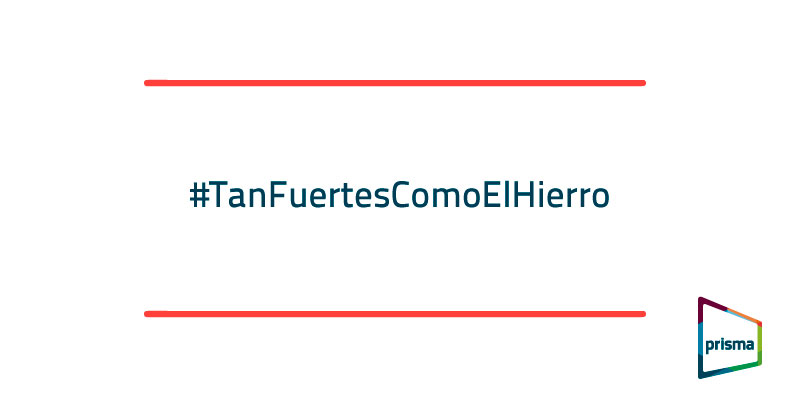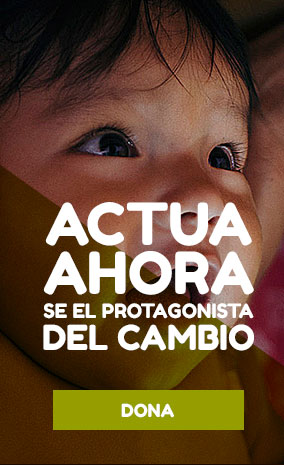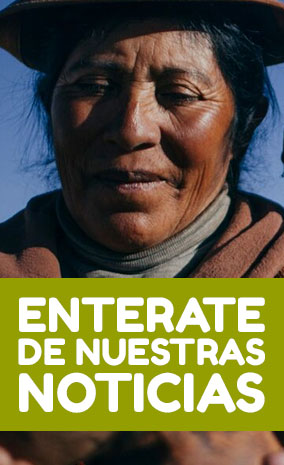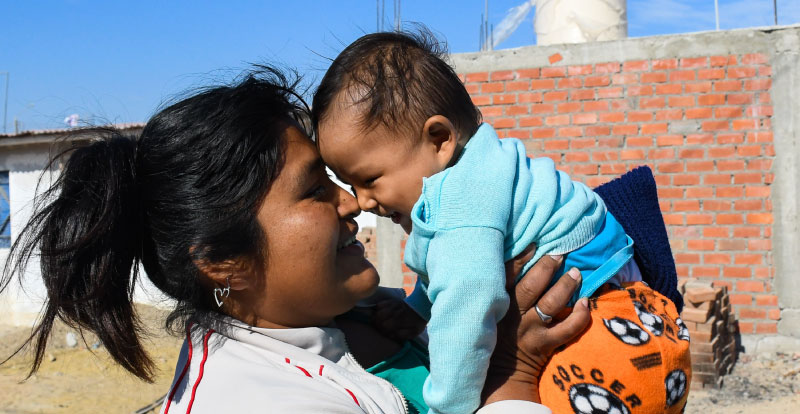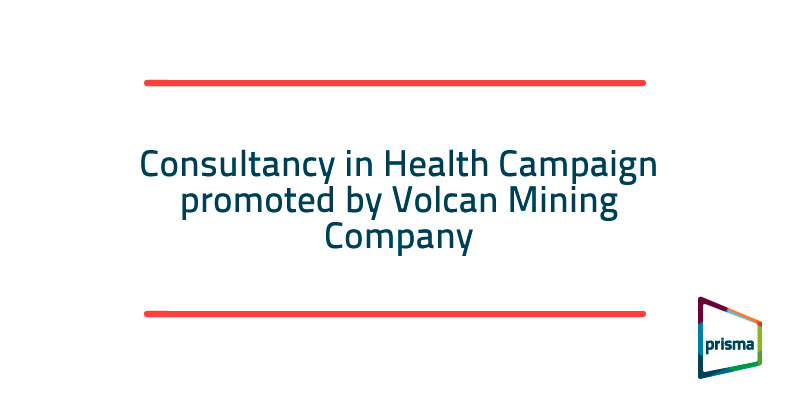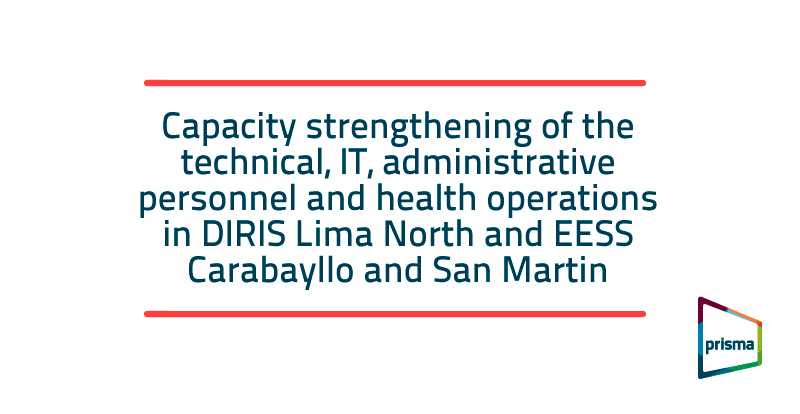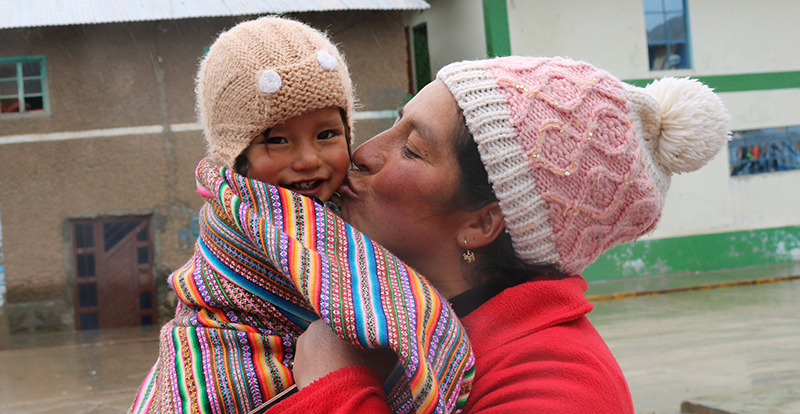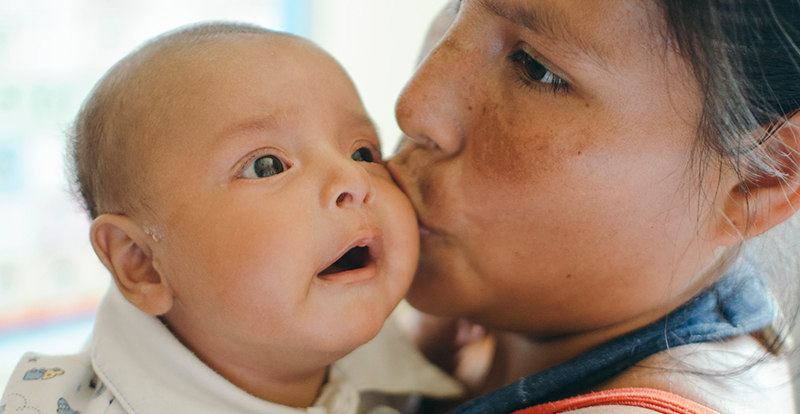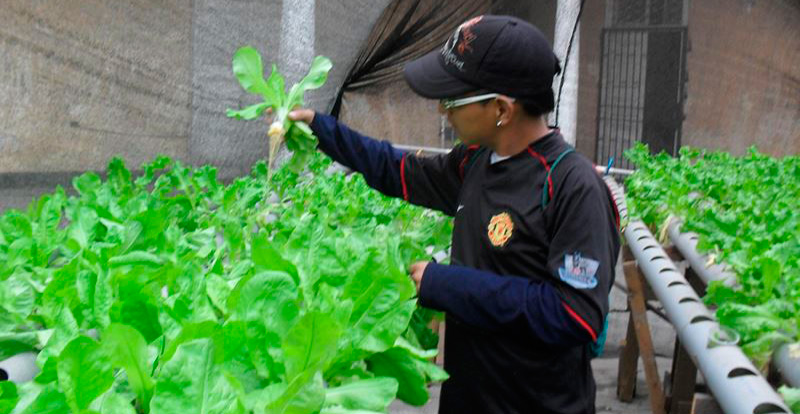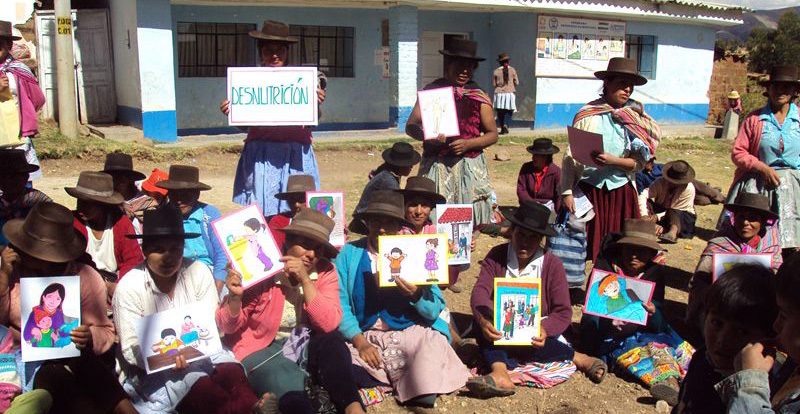Anemia in children is a serious public health problem in Peru, with a prevalence of 43.6% in children from 6 to 35 months old, according to the Demographic and Family Health Survey (ENDES 2017), which indicates that 1 out of 2 children in that age group suffer from anemia. These numbers have not decreased in the last 3 years. According to the WHO, this makes anemia a public health problem.
Different studies show that anemia has a serious negative impact on children’s health and development, in motor (physical), cognitive, social and emotional areas, where the impact on the learning capacity is the most alarming since it has live-long consequences.
The main cause of anemia is lack of iron (ferropenic anemia). Therefore, it is important to increase consumption of iron-rich foods from the beginning of complementary feeding in children, as well as to guarantee the access to and consumption of iron supplements provided by the Peruvian Ministry of Health. Safe water consumption, hands washing and parasitosis treatment, among others, should be promoted due to presence of infections, particularly intestinal infections, in children, which cause inflammation.

